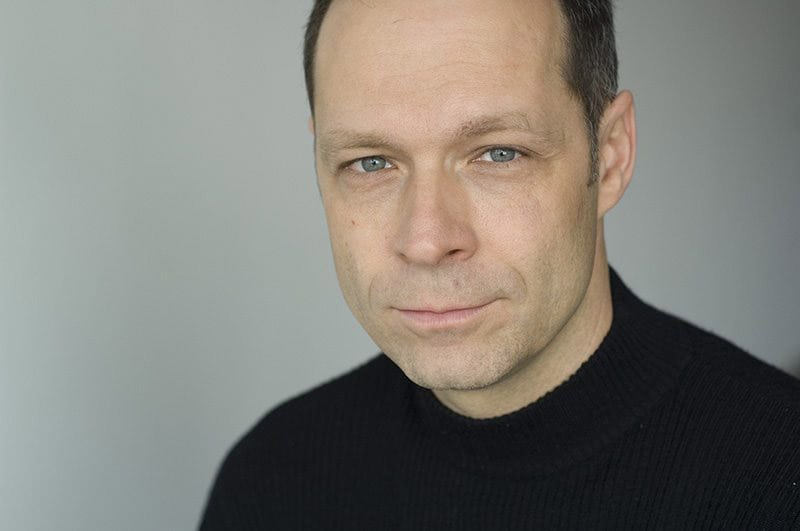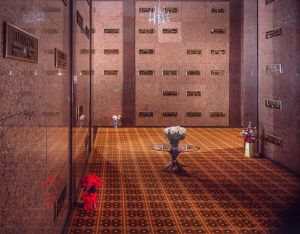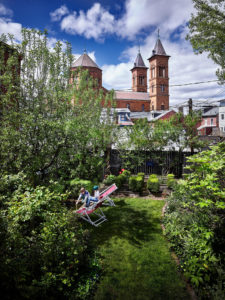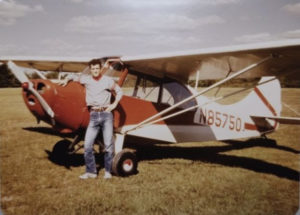It is critical to be able to see the potential compositions for show-casing a building’s design and telling it’s story. Only after the big picture is taken in, and broken down into various compositions, can a photographer begin the process of photographing. This ability along with planning and patience will give you a successful outcome.
PLANNING – Photographing architecture is a very deliberate form of photography. The photographer needs to first understand his subject before picking up a camera. When possible, this can be accomplished by reviewing drawings, site plans, and talking with the architect and or the builder. Next, walking the site and determining how the facades are exposed to direct, and indirect sun light is important in determining the use of architectural lighting.
The example below illustrates how advanced planning and location scouting the evening before is crucial. The final composition was selected from the test shoot. If done correctly, one composition can be dynamic for both daylight as well as twilight purposes.

PATIENCE – The three hours invested to capture the day light photograph through to the final twilight photograph were well worth the time investment.

Visitor Center at the Frick Art and Historical Center
Silver Schwartz architects and Loysen Kreuthmeier Architects see more at http://edmassery.com/projects/frick-art-and-cultural-center/




